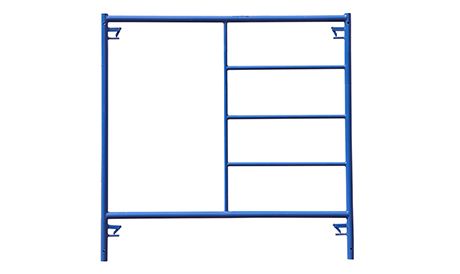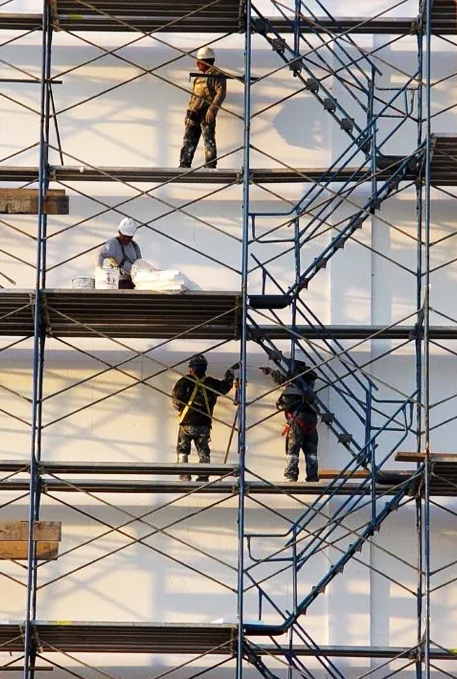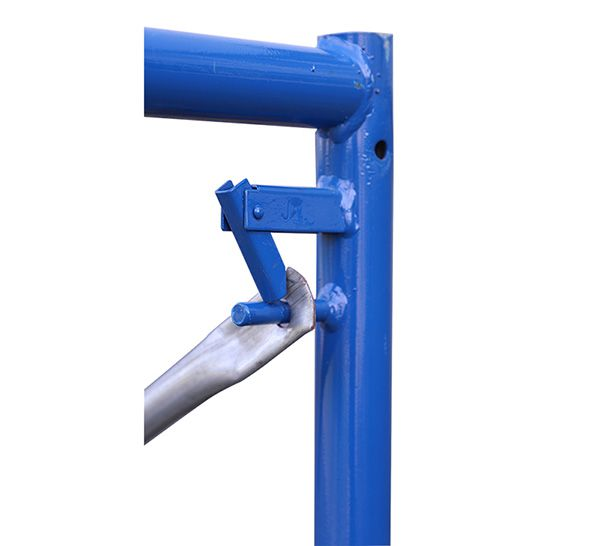
Are all scaffolding arrangements required for scaffolding design and calculations? It's not unusual for confusion to arise at times. I hope this blog on scaffold design will shed some light on the subject.
To be more professional, scaffold design and load calculations are always recommended for all scaffold arrangements. This is true regardless of the size of the scaffolding to be installed or the nature of the work to be completed. The scaffold design should be unique to the workplace and appropriate for the job. In addition to the above, check the specific legal requirements for scaffold design requirements in your area. The ultimate guide to deciding whether scaffolding design is required is to consider your client's needs. If your client insists on a design, in most cases you will have no choice but to provide one. Main contractors are not allowed to erect scaffolding on their sites without a design. If you need more advice on this topic, please contact us - a scaffolding manufacturer
At the beginning of the planning phase itself, the user should provide the following information to the designer. This helps to ensure a proper design process and custom calculations. It also helps to ensure that the scaffold design is safe and adequate for the intended use.
The location of the scaffold installation.
The nature and condition of the ground beneath the scaffold.
Information about the building or structure where the scaffold must be erected, preferably with any relevant drawings or dimensions.
The intended use of the scaffold including the time period for which the scaffold is required.
The dimensions of the scaffold, as required by the height, width and depth and the number of lifts to be ascended.
The maximum number of workers allowed to use the scaffold at one time. In addition, the maximum direct load that should be applied to the scaffold.
How the scaffold will be accessed (e.g. external ladders, stairs).
Whether there are any other specific requirements for the scaffold, such as guard plates, brick guards or nets.
Any specific requirements or provisions, such as walkways, hoisting or mechanical lifting ......
Any other additional information regarding restrictions that may affect the installation, alteration, or removal process... etc.

Scaffolding design work requires the help of expertise in the field. After careful consideration of all of the above criteria, the designer takes the correct design approach to custom calculations. In any case, the following are the basic requirements that we must consider in scaffolding design and calculations.
Evaluate the load conditions and combinations on the structure (e.g., constant load, live load, wind load, etc.)
Check the capacity of the scaffold components used to carry the loads and the combination of loads applied to them.
The rigidity and overall stability of the scaffold structure ensures an adequate safety factor.
Loads imposed by the scaffold into the foundation/adjacent structure.
Once the scaffold design work is completed, the designer will produce design calculations and design drawings. The design includes all details such as maximum compartment length and lift height, safe working load of the scaffold, maximum leg load ...... etc
The standard of legal requirements for design varies from country to country. Therefore, scaffold design and load calculations must be performed to comply with the legal requirements in your area.

Here are the three main benefits of scaffold design and load calculation
Safety: If we build the scaffolding as designed, the scaffolding will be stable and safe. This allows employees to use the scaffold safely. Employees will have the confidence to use the scaffold. Therefore, effective scaffolding design absolutely eliminates safety hazards.
Productivity: Assembly and disassembly of well-designed scaffolding structures can be faster. This increases productivity and therefore helps to get the job done on time and without any hassle.
Cost reduction: Repetition and rework of scaffolding can be costly and delay projects. Effective scaffolding design takes into account all project needs and requirements from the outset, thereby reducing the risk of rework. In addition, this will avoid the significant legal costs of accidents that can result from poorly planned scaffold erection.
In short, it is recommended that scaffolding design and calculations be based on the legal requirements in your area. After all, it is better to have it even if it is not legally required.